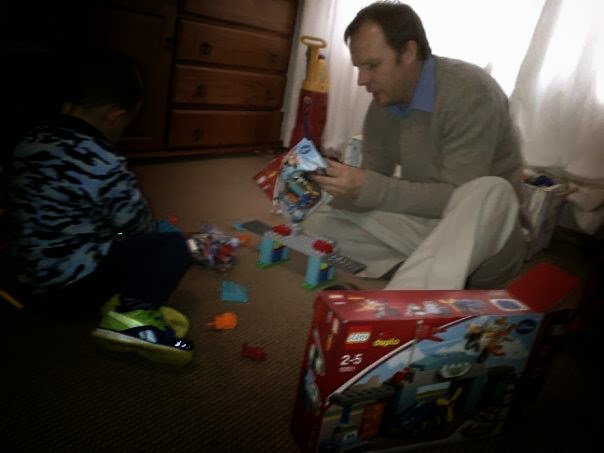 |
| As Gaston Lagaffe appears today on Google's front-page |
Gaston is a comic strip created in 1957 by the Belgian cartoonist André Franquin in the Franco-Belgian comics magazine Spirou. The series focuses on the every-day life of Gaston Lagaffe (whose surname means "the blunder"),
a lazy and accident-prone office junior.
Gaston is very popular in large parts of Europe.
 |
| One of the many Gaston Lagaffe figurines |
Gaston’s appearance changed over the past 57 years. From his first appearance (left) to what he looked like yesterday (he has not arrived at the office; he is usually somewhat late on a Friday), but he will probably wear the same sweater, denim and sneakers.
















 Faroe Islands (an autonomous country within the Danish Realm, self-governed since 1948)
Faroe Islands (an autonomous country within the Danish Realm, self-governed since 1948)








